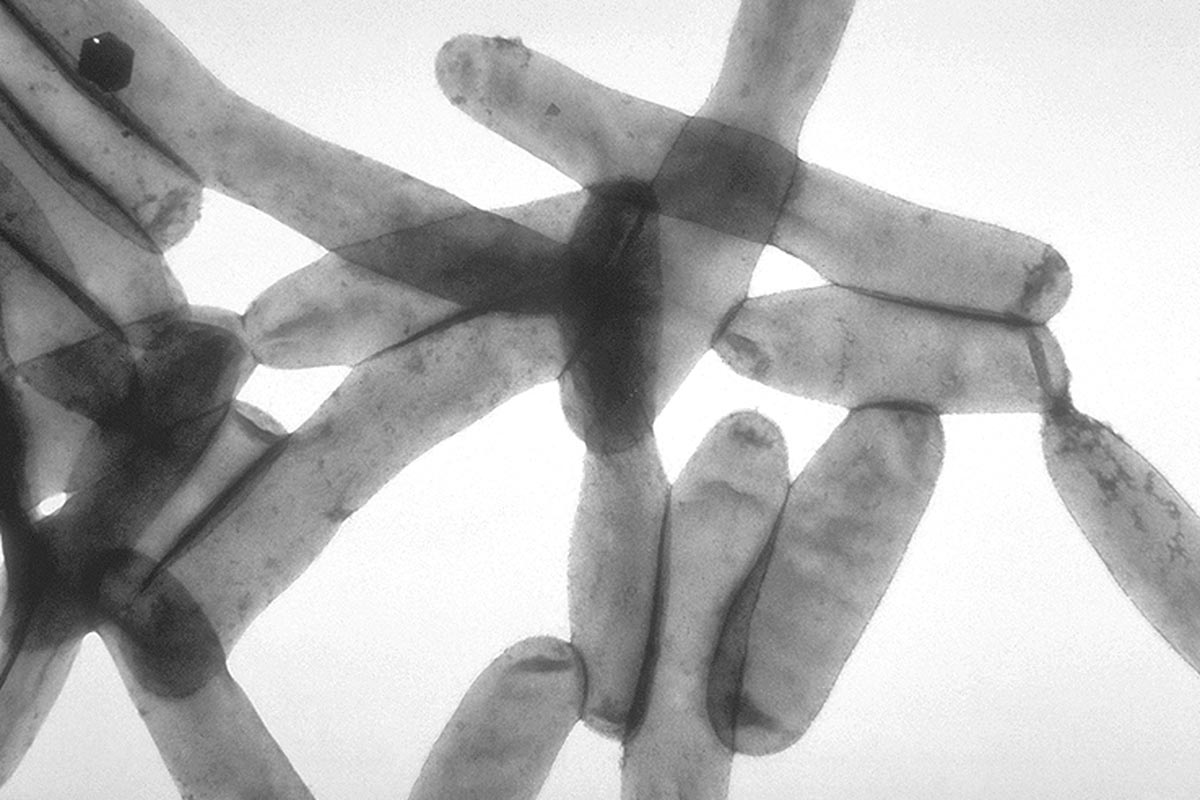Legionella is of particular interest to the scientific community for two main reasons:
- Legionellosis cases in Italy have been constantly increasing since 1997, partially due to improved diagnostic capabilities, but nonetheless they are undoubtedly increasing;
- There is a lot still to learn: over and above the aspects relating to patient treatment, which is improving due to greater clinical knowledge and improved equipment, much still needs to be done in terms of containing the environmental risk. Indeed, there is not yet one absolutely effective “elected” technical intervention and prevention protocol, or even one that is significantly better than all the others. The difference, in this case too, can be measured by the expert’s ability to become aware of the specific issues related to each case to be treated.
In this case, adopting one method of intervention over another is the result of in-depth analysis of the pros and cons in terms of the results, collateral damage to people and property, financial feasibility and sustainability of the costs.
We at Global Trading have made a choice by taking into account all the aspects currently known, despite the fact that we are constantly learning. Reading what we can in the scientific literature, above all in Italy, regarding water system treatment, we know that:
- Traditional treatments, such as superchlorination, may be more cost-effective, but are also potentially more damaging to the systems and users. Another is thermal shock, which is highly invasive for the system and involves risks to users’ health, as well as being expensive. What’s more, both are less effective than the latest protocols when compared in terms of their efficacy. However, the most recently approved methods are not a cure-all: for example, the microfiltration systems which can be installed directly on the terminal devices have a low environmental impact and are not harmful to health, but they are extremely costly and require constant maintenance, more so than any other method.
- The effectiveness of the treatments is determined by the extent to which they are able to remove the biofilm and sediments which naturally build up inside these systems. Definitive eradication of the bacterium cannot be maintained over time: the deep cleaning and disinfection of a water circuit cannot currently prevent these sediments from naturally forming again in the future; that’s why maintenance and inspections must both be performed on a regular basis. It is equally true that, as studies show, Legionella becomes dangerous when it spreads and forms increasing numbers of colonies, finding nutrition and defence inside the biofilm itself. Therefore, eliminating the biofilm and reducing the number of colonies are the main goals to be achieved with every intervention, ultimately also in the form of preventive treatment and not just in case of emergencies.
References can be found in industry journals, ministerial circulars, as well as academic studies carried out around Italy (University of Naples, University of Pisa, University of Modena and Reggio Emilia etc.), above all in recent years, which have confirmed these findings.
We remain convinced by the protocol which we have developed in the field; when properly applied to each specific case, it provides guaranteed results, negligible impact on the environment and human health, and good cost control. Of course, it is necessary to maintain the flexibility and care discussed above, but we consider this one of our strengths, alongside our ability to adapt to the client’s needs and requirements.
For further information, or for a free quotation, contact us via the Contact Us/Work With Us section of the website, by writing to [email protected], or by calling +39 0187 997592



Leave A Comment
You must be logged in to post a comment